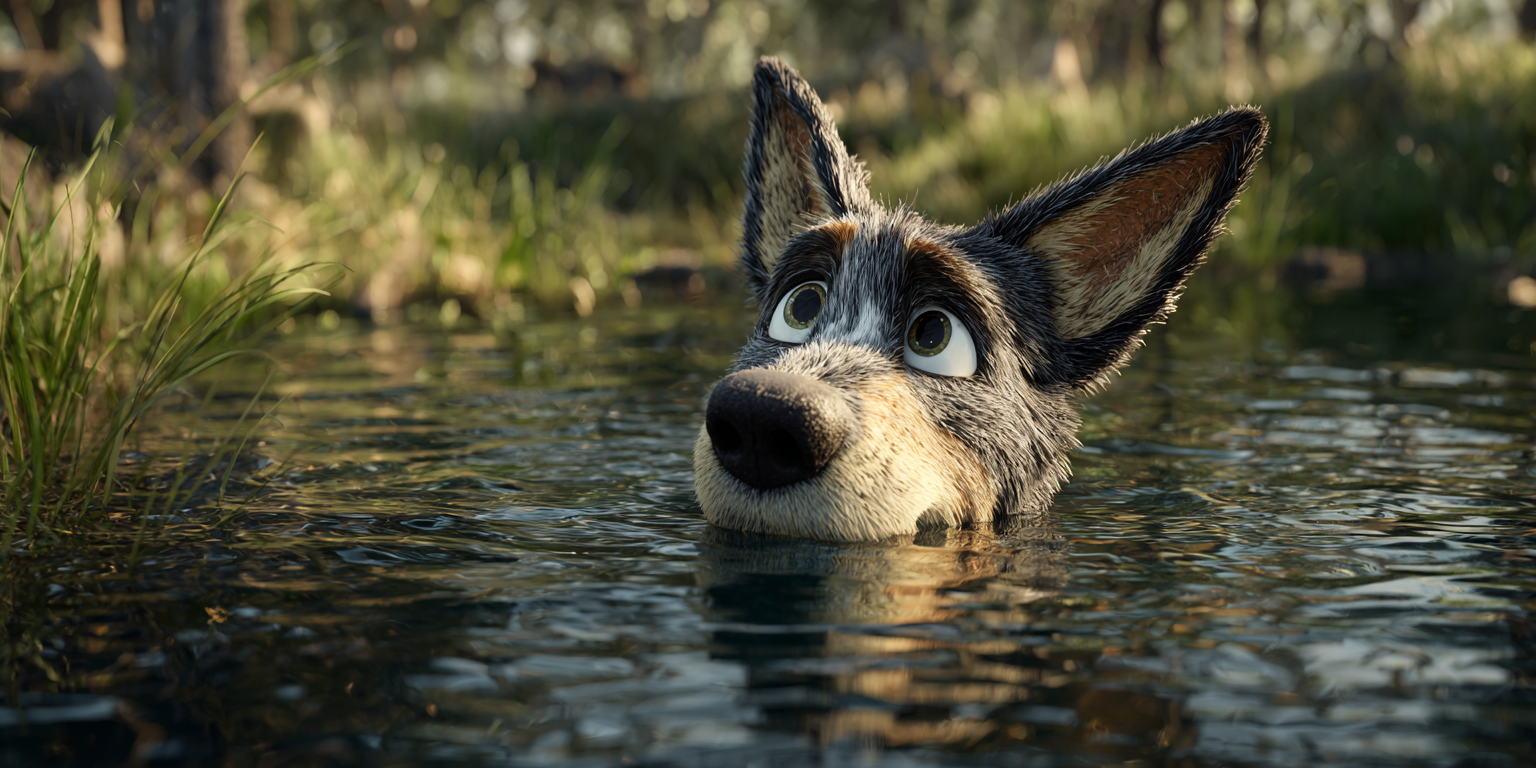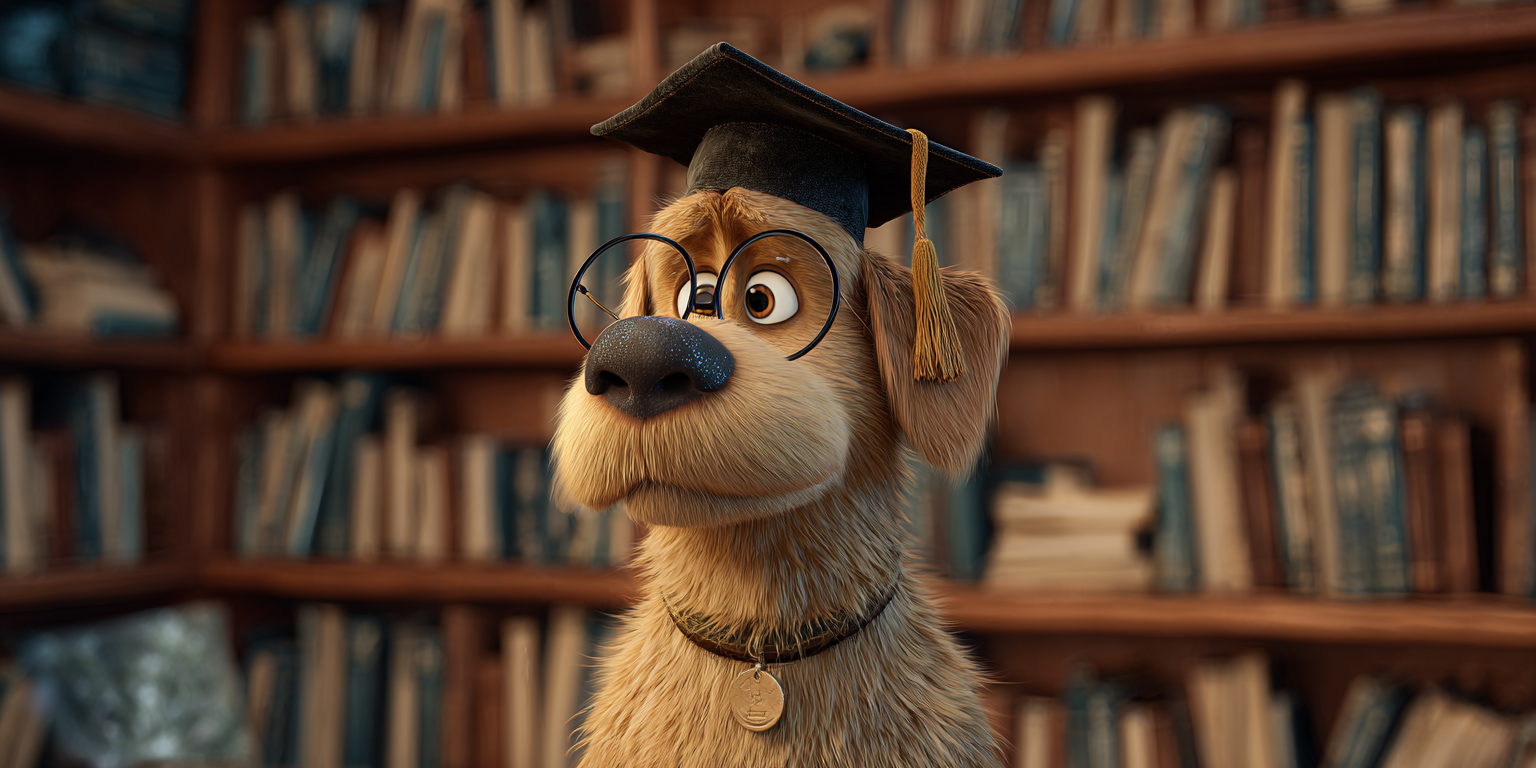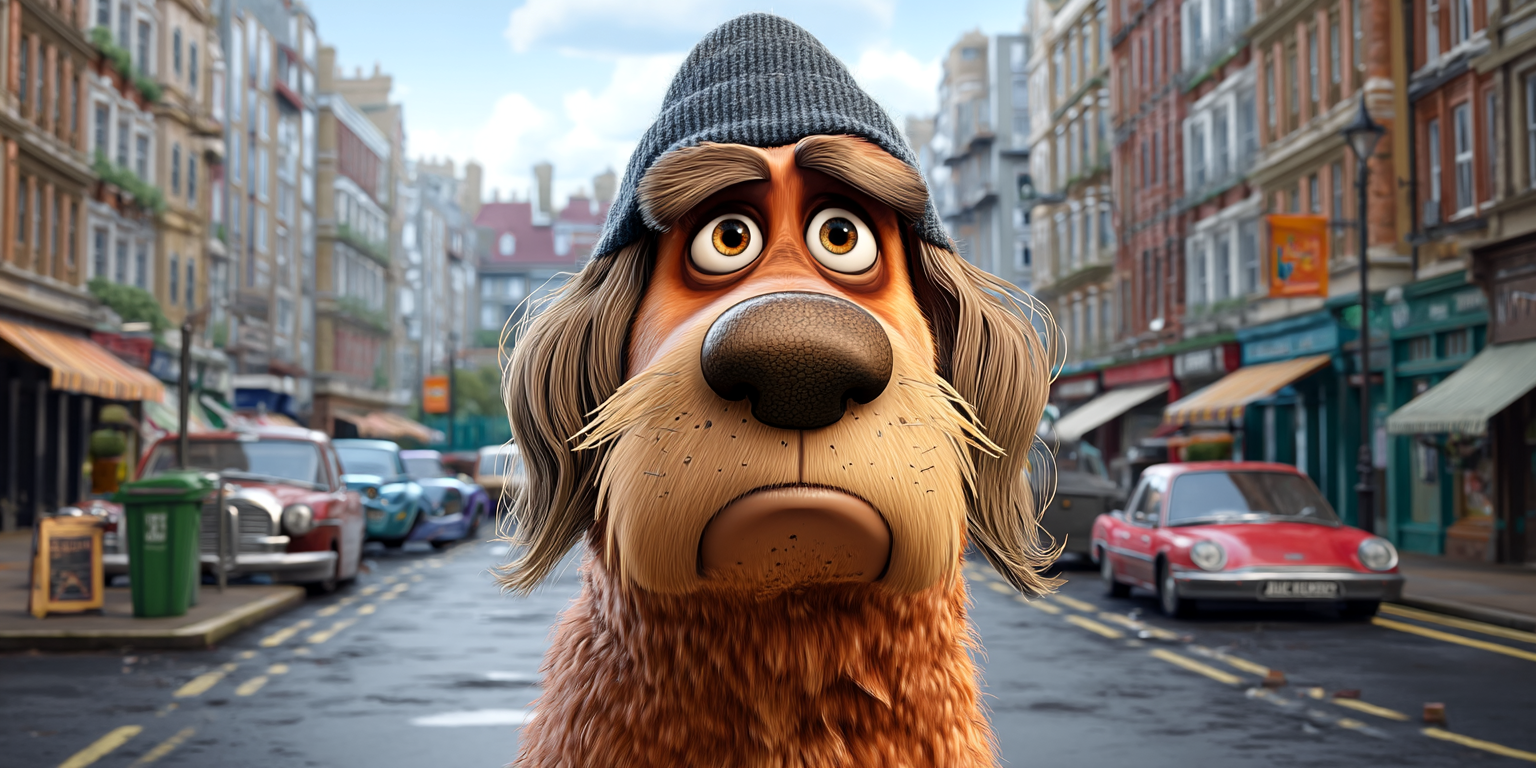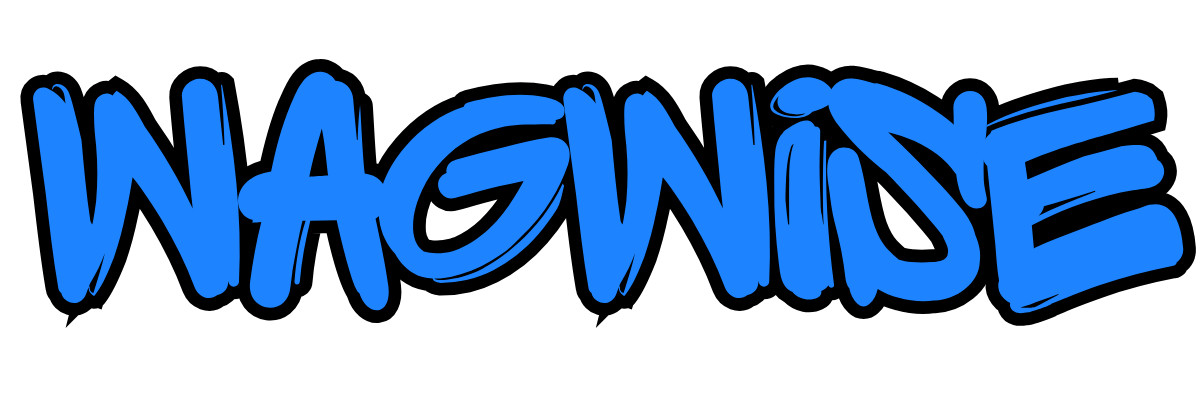Creating a Safe Space for Your Dog at Home
Creating a Safe Space for Your Dog at Home: Comfort, Calm & a Bit of Grumpy Wisdom
Because even your dog needs a room to escape from… you.

Every dog, whether a bold protector or a shy snugglebug, needs a place to call their own—a space that’s quiet, secure, and just for them.
A safe space is more than just a cosy bed in the corner. It’s a sanctuary where your pup can decompress, retreat during storms or visitors, and just relax when life gets a bit too “ruff.”
Grumpy Old Max—our resident expert in sarcasm and senior dog wisdom—has a few thoughts:
“You get a bedroom, a bathroom, a couch and a Netflix account. I just want a corner without a toddler pulling my tail, Karen.”
If you’ve ever wondered how to set up the perfect spot for your pooch to unwind, this guide will walk you through everything you need to know—from location and layout to sounds, smells, and snuggles.
🏠 Why Dogs Need a Safe Space
Dogs are den animals by nature. In the wild, a den is a place to rest, hide from danger, and raise pups in peace.
At home, a “den” gives your dog the same sense of safety and calm, especially during:
- Loud noises (fireworks, storms, construction)
- Visits from strangers or kids
- Times of illness or stress
- Overstimulation from too much activity
Grumpy Old Max:
“Every time someone knocks on the door, I age three dog years. Give me a hidey-hole or I’m moving in under the laundry basket.”
Creating a designated safe space helps reduce anxiety, prevent behavioural issues, and promote overall wellbeing. It gives your dog a clear signal: This is where you can chill, no questions asked.
📍 Step 1: Pick the Right Location
You don’t need to renovate your house—just pick a spot that’s calm, quiet, and low-traffic.
Good choices include:
- A corner of the living room
- A spot in your bedroom
- A laundry or spare room
- Under a desk or table
Not-so-good choices:
- Near a noisy appliance (e.g. washing machine)
- In a busy hallway
- Next to a drafty door or window
- Anywhere too isolated (unless your dog prefers it)
Pro Tip: Observe your dog. Do they retreat to the closet, behind the couch, or under the bed? They’re telling you where they feel safe.
Grumpy Old Max:
“I once claimed a shoe rack as my kingdom. Humans moved it. I filed a formal complaint. Was ignored.”
🛏️ Step 2: Add Comfort & Familiarity
Dogs love what’s familiar. Their bed or blanket smells like them. And you. That scent helps them relax.
Essentials for a dog-safe haven:
- A soft, comfortable bed or crate mat
- Blankets they can dig into
- A favourite stuffed toy or chew
- A T-shirt or pillow that smells like you
Crates can be brilliant for dogs who want that den-like feeling, but they’re not required. Some dogs prefer open beds, couches, or even cool tiles.
Grumpy Old Max:
“Give me a worn-out blanket and a squeaky toy I’ve nearly destroyed, and I’m living the dream.”
🌡️ Step 3: Control the Temperature
Just like Goldilocks, dogs like things just right.
- In summer, make sure it’s cool, shady, and ventilated
- In winter, ensure there’s warmth and no drafts
- Use cooling mats or raised beds for heat-prone breeds
- Use self-warming beds or low-wattage pet-safe heaters in winter
Watch out for metal crates in direct sun—those can heat up fast.
Grumpy Old Max:
“I’m part dog, part thermostat. If it’s too hot or too cold, I’m lodging a complaint… on your couch.”
🔇 Step 4: Reduce Noise & Distractions
Peace and quiet are key. If your dog startles easily or gets anxious with noise, take steps to make their space as calm as possible.
Helpful ideas:
- Use white noise machines or soft music
- Close doors or use heavy curtains to block outside sounds
- Add padding under crates or beds to dull vibrations
- Try plug-in dog pheromones (like Adaptil) to promote calm
During storms or fireworks, this safe space can be your dog’s best defence against panic.
Grumpy Old Max:
“Thunder jackets? Calming music? I need noise-cancelling headphones and a stiff drink.”
🧸 Step 5: Add Enrichment for Downtime
A safe space isn’t just about zoning out. Some dogs need gentle stimulation to relax.
You can include:
- Puzzle toys
- Lick mats with peanut butter
- Soft chew toys
- Snuffle mats
Avoid toys with squeakers or overly stimulating options if your dog is using the space to calm down.
Grumpy Old Max:
“Look, I love a good game of tug—but when I’m in my den, I’m on Do Not Disturb mode.”
🐾 Step 6: Teach Your Dog It’s Their Space
This step is often overlooked.
You can’t just plop down a bed and expect your dog to use it immediately. You need to show them it’s a positive place.
How to help them feel at home:
- Lead them there calmly during downtime
- Use treats and gentle praise to reward settling
- Never use it as punishment (“Go to your bed!” = not safe)
- Let them come and go freely
Consistency is key. The more your dog associates their safe space with calm, positive moments, the more they’ll retreat there when they need it.
Grumpy Old Max:
“Make it nice, respect the space, toss in a liver treat occasionally, and we’re golden.”
🚫 What Not to Do
- Don’t force your dog into their safe space
- Don’t punish or scold them there
- Don’t use the space for time-outs or “naughty dog” vibes
- Don’t fill it with noisy, flashy, or overwhelming toys
Respect the space, and your dog will too.
Grumpy Old Max:
“You wouldn’t drag me into a closet and call it a vacation. Same goes for the crate, Karen.”
🌙 Nighttime Safe Spaces
For anxious dogs or pups in training, having a safe space at night is also important. Many owners choose to have their dog’s bed or crate in the bedroom, especially in the early months.
Night is when dogs are most vulnerable, and your presence can help them settle.
Eventually, many dogs choose their preferred sleeping spot—but starting with a calm, cosy safe space helps build independence and security.
Grumpy Old Max:
“You sleep in a bed, under blankets, with a white noise machine. I get a rug. The injustice.”
🧠 Special Considerations
Rescue Dogs
Newly adopted dogs need time to decompress. A quiet space helps them feel secure in an unfamiliar environment.
Puppies
Teething pups will chew. Make sure their safe space is puppy-proof with safe chew toys and no cords or small objects within reach.
Senior Dogs
Older dogs may need orthopedic beds, quiet surroundings, and easy access to water or toileting areas.
Multi-Dog Homes
Each dog should have access to their own retreat space. Even best mates need personal time.
Grumpy Old Max:
“Sharing? Only applies to snacks. Not beds. Not bones. Not dignity.”
🏡 Sample Safe Space Setups
1. The Cosy Corner Crate
- Location: Bedroom or living room corner
- Contents: Crate with soft bedding, cover draped over sides, one toy, water bowl nearby
- Great for: Crate-trained dogs, puppies, anxious dogs
2. The Open Bed Den
- Location: Quiet room or under a table
- Contents: Soft open bed, favourite toy, nearby water
- Great for: Dogs who prefer open lounging
3. The DIY Dog Room
- Location: Laundry or spare room
- Contents: Bed, calming music, snuffle mat, chew toy
- Great for: Dogs home alone during the day
🐶 Final Thoughts: A Space That Says “You’re Safe Here”
A safe space is one of the greatest gifts you can give your dog. It reduces stress, builds confidence, and offers comfort through all the ups and downs of dog life—thunderstorms, noisy visitors, rowdy kids, and yes… vacuum cleaners.
Don’t overthink it.
You don’t need fancy furniture or an interior design degree. What matters most is that your dog knows this spot is theirs. A place of peace, security, and unconditional love.
Grumpy Old Max’s Final Bark:
“I may be old, grey, and grumpy, but give me a warm bed, a quiet corner, and a chewed-up tennis ball… and I’ll call that home.”
Need more help raising a calm, happy dog?
Stick with Wagwise and Grumpy Old Max for real talk, practical advice, and the occasional snarky tail wag.




